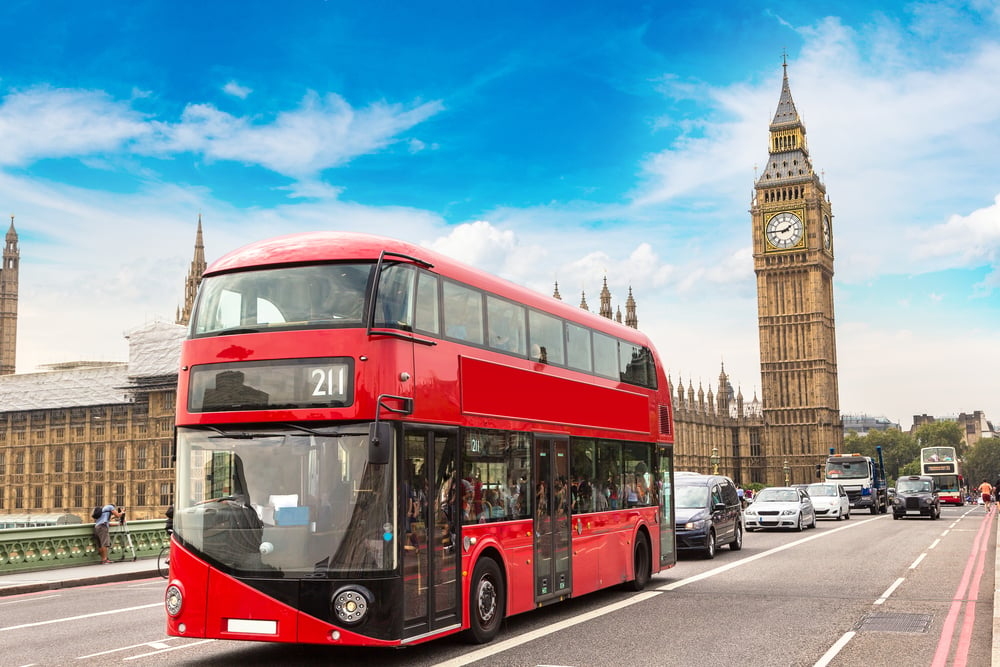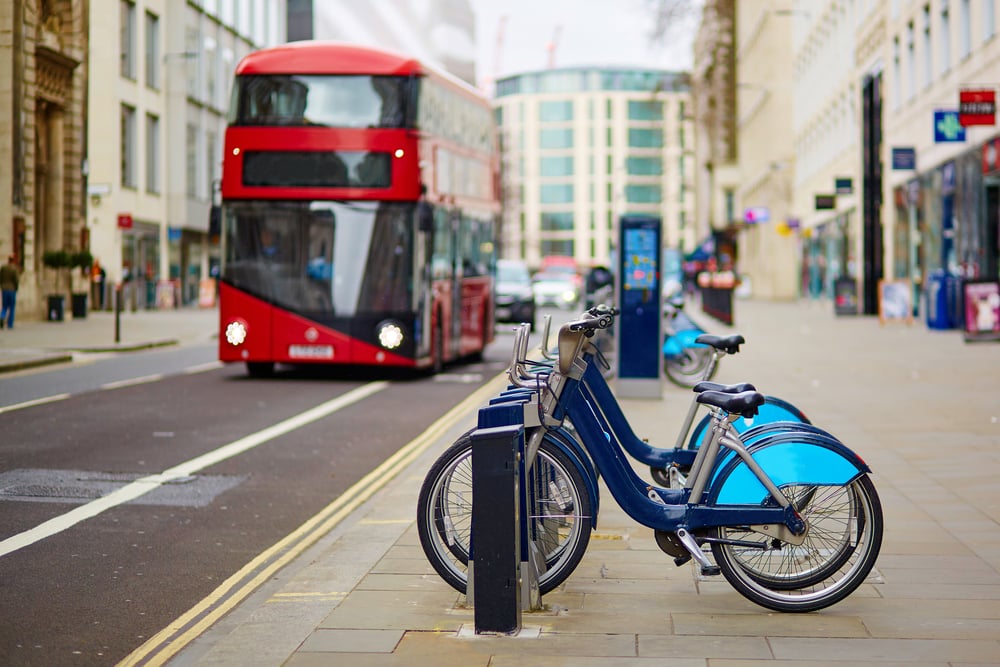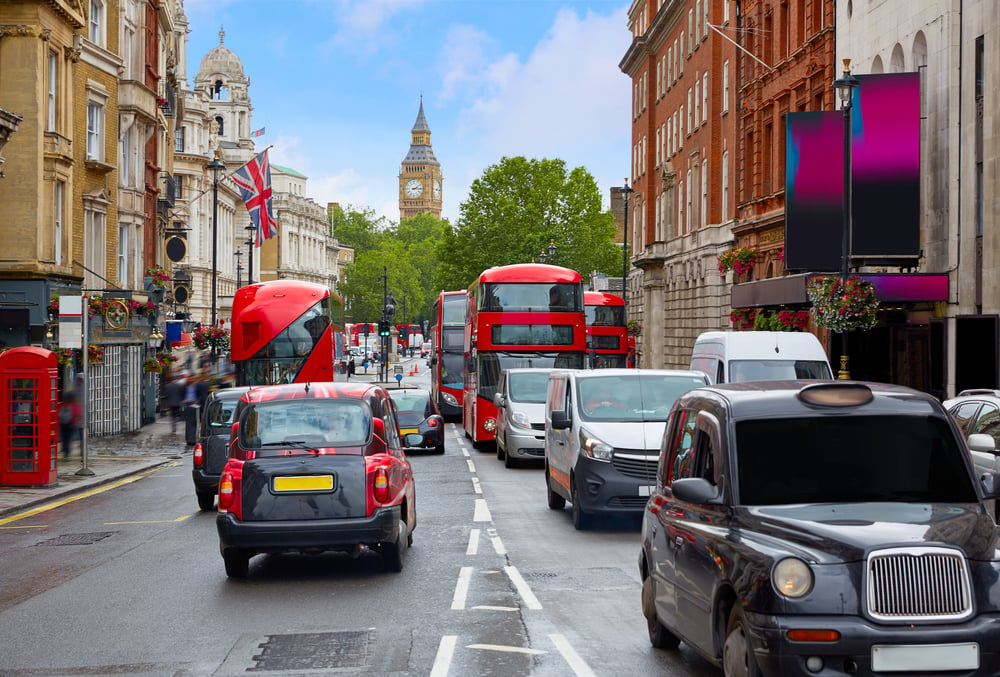Exploring Transport Options in London
London's transport system is renowned for its efficiency, accessibility, and diversity. With its iconic red buses, sprawling Underground network, and historic black cabs, London offers a multitude of options for getting around the city. The London...
by Pass the Keys London
|London
|18 Apr 2024
London's transport system is renowned for its efficiency, accessibility, and diversity. With its iconic red buses, sprawling Underground network, and historic black cabs, London offers a multitude of options for getting around the city. The London Underground, affectionately known as the Tube, is the backbone of the transport network, connecting the city's diverse neighborhoods with its extensive network of lines and stations. Above ground, buses crisscross the city, providing convenient links to areas not served by the Tube. Additionally, London's Overground trains, trams, river buses, and cycle hire schemes offer alternative modes of transport, catering to the varied needs of commuters, tourists, and residents alike. Whether navigating the city's bustling streets or cruising along the Thames, London's transport options ensure that getting from A to B is both efficient and memorable.

-
London Underground (Tube): The London Underground, commonly known as the Tube, is a rapid transit system that serves Greater London and some parts of the adjacent counties. It consists of 11 lines and over 270 stations, making it one of the most extensive metro systems in the world. The Tube is known for its iconic map, distinctive roundel logo, and deep-level tunneling, with some lines running below the city's historic center. It offers frequent and reliable services, connecting commuters and tourists to key destinations across London.
-
London Overground: London Overground is a suburban rail network serving London and its surrounding areas. It operates on various routes, including orbital lines that connect the outer boroughs of the city. The Overground complements the Tube network, providing additional transport options for passengers traveling within and around London. It offers modern trains, frequent services, and convenient interchange points with other modes of transport.
-
Docklands Light Railway (DLR): The Docklands Light Railway (DLR) is an automated light metro system that serves the Docklands area of East London. It operates on elevated tracks and in tunnels, providing connections to key destinations such as Canary Wharf, Stratford, Greenwich, and London City Airport. The DLR is known for its driverless trains, which offer panoramic views of the city's skyline as they traverse through regenerated docklands and residential neighborhoods.

-
Buses: London's bus network is one of the largest and most comprehensive in the world, with over 8,000 buses operating on 700 routes. Buses serve every part of the city, including areas not covered by the Tube or Overground. They provide essential links to residential areas, shopping districts, tourist attractions, and transport hubs. With frequent services, night buses, and accessible vehicles, London buses offer a convenient and inclusive mode of transport for passengers of all ages and abilities.
-
London Trams: Trams operate in South London, serving areas such as Wimbledon, Croydon, and Beckenham. They provide efficient and environmentally friendly transport options, with modern low-floor vehicles and dedicated tram tracks. Trams offer connections to National Rail services, Tube stations, and bus interchanges, enhancing connectivity and accessibility in the communities they serve.
-
River Bus Services: London's River Bus services operate along the River Thames, providing scenic and efficient transport options for commuters and tourists. They connect key locations such as Westminster, Embankment, Tower Bridge, Greenwich, and Woolwich Arsenal. River buses offer a unique perspective of London's iconic landmarks, including the Houses of Parliament, the Tower of London, and the Cutty Sark, making them a popular choice for sightseeing and leisure travel.
-
National Rail Services: London is served by an extensive network of National Rail services, with major stations including King's Cross, Paddington, Victoria, Liverpool Street, and Waterloo. National Rail services provide connections to destinations across the UK, including commuter towns, suburbs, and regional cities. They offer a range of ticket options, including peak and off-peak fares, season tickets, and railcards, catering to the diverse needs of passengers traveling for work, leisure, and education.

-
Cycling: Cycling is a popular and sustainable mode of transport in London, with dedicated cycle lanes, bike-sharing schemes, and cycling superhighways making it easier and safer to cycle around the city. London's Cycle Hire scheme, operated by Santander Cycles, offers a convenient way to rent bicycles from docking stations located across the city. Cycling provides a flexible and healthy transport option, allowing commuters and leisure cyclists to explore London at their own pace while reducing traffic congestion and carbon emissions.

-
Taxis and Private Hire Vehicles: London's iconic black cabs, also known as licensed taxis, are a familiar sight on the city's streets. They offer a regulated and reliable mode of transport, with knowledgeable drivers who undergo rigorous training and testing. In addition to black cabs, London has a thriving private hire vehicle industry, with minicabs and app-based services like Uber providing alternative transport options for passengers. Taxis and private hire vehicles offer door-to-door services, making them a convenient choice for passengers seeking personalized and flexible transport solutions.
-
Walking: Walking is a popular and enjoyable way to explore London, especially in the city center where many attractions are within walking distance of each other. London's pedestrian-friendly streets, parks, and riverside paths provide scenic and tranquil routes for pedestrians to navigate the city. Walking allows visitors to soak up the atmosphere of London's vibrant neighborhoods, discover hidden gems, and appreciate its architectural heritage. Guided walking tours, self-guided walks, and themed walking routes offer diverse experiences for pedestrians of all ages and interests, making walking an accessible and rewarding mode of transport in London.